Scrapbook of a 2006 Family Vacation
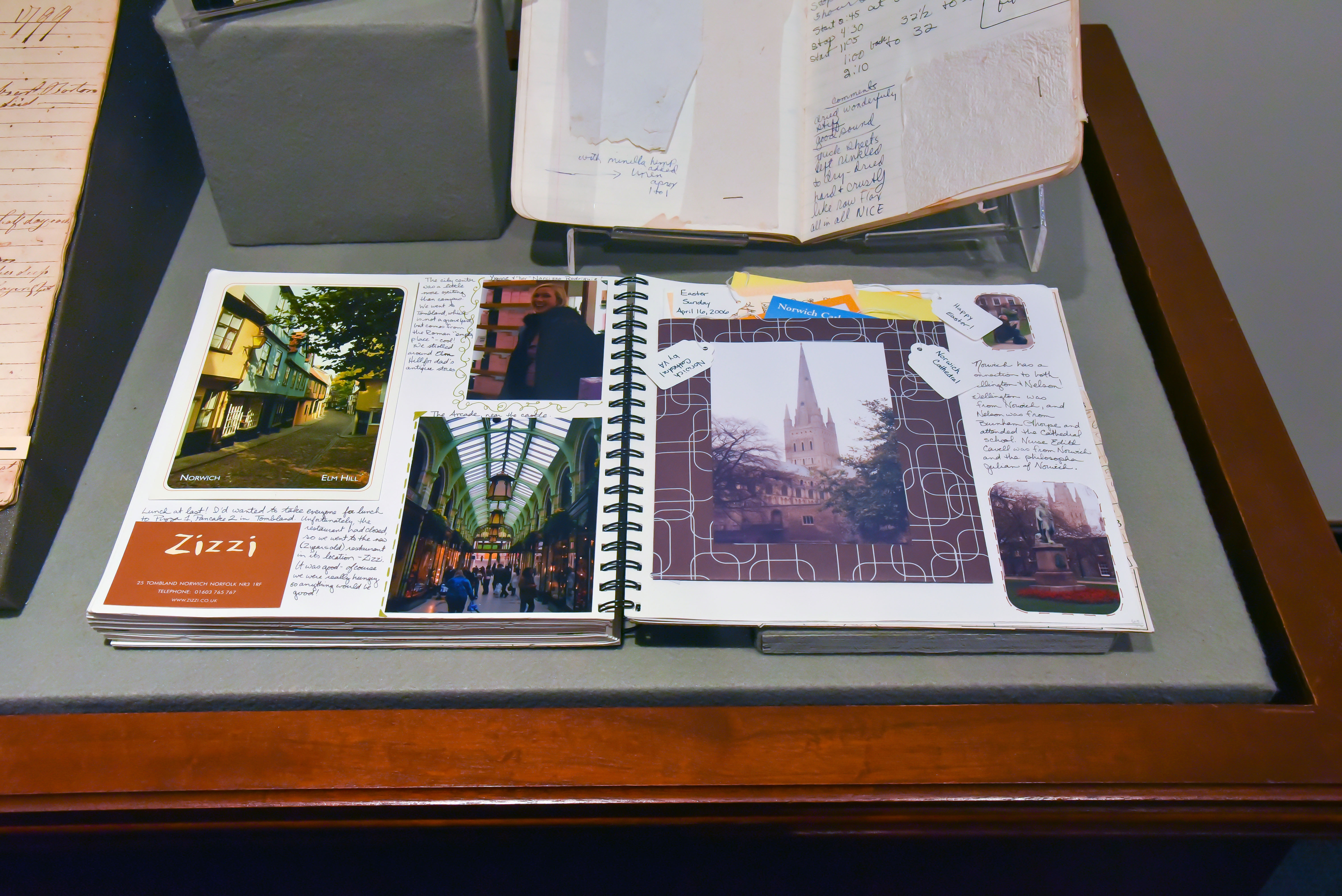
Scrapbooks are records made to contain images and text about a particular subject. This scrapbook records a family vacation.

Records of Life celebrates the use of paper to document and record our lives in a variety of ways. Whether it’s a quick note to remind one of errands to be done, more thoughtful journaling, or collecting quotes or recipes, these unintentional records shape impressions of our society for future generations to come.
Paper researcher and salesman Harrison Elliott documented his life in notebooks and letters, and disseminated thoughts in researched articles. He created keepsake booklets of his work, and then shared these pieces with fellow researchers.

Scrapbooks are records made to contain images and text about a particular subject. This scrapbook records a family vacation.

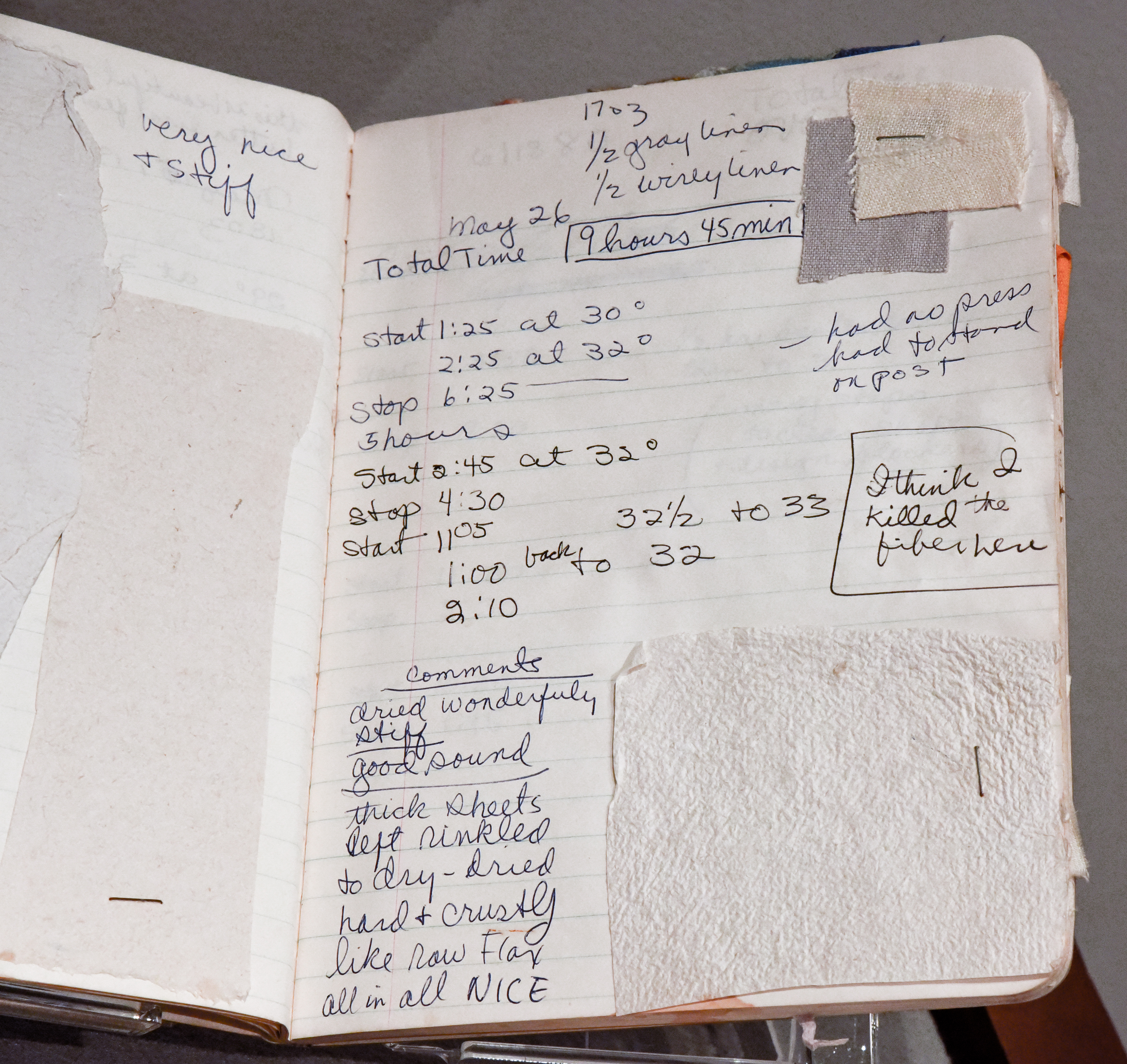
These Beater Logs record steps taken in experimenting with different materials in papermaking. The donor apprenticed with Douglass Howell, a well-known papermaker. Entries include information on how fibers were prepared, samples of fabric, and commentary on the success or failure of the process.

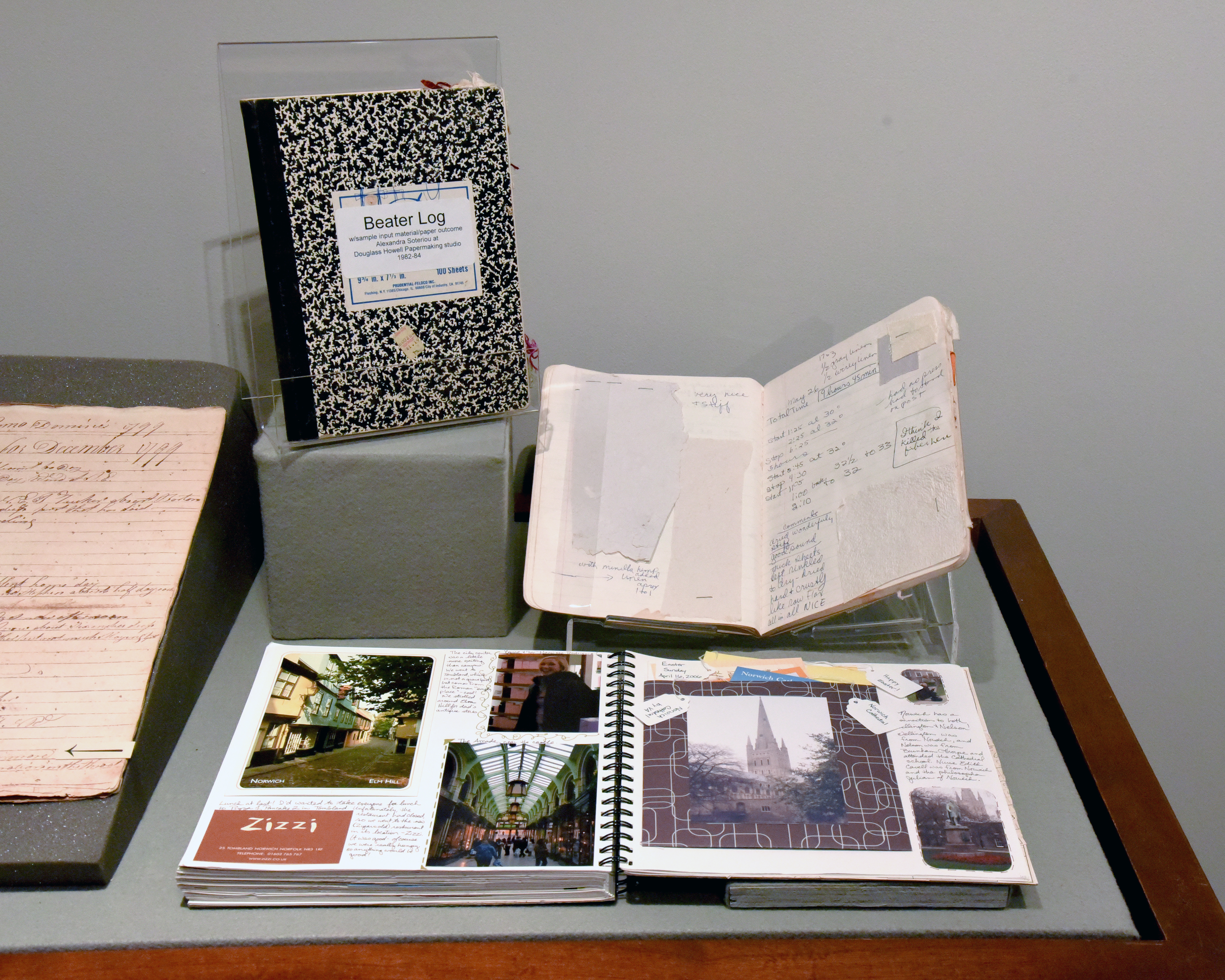
Scrapbooks are records made to contain images and text about a particular subject. They are most often used to preserve memories of experiences.
Beater Logs - Gift of Alexandra Soteriou
Travel Scrapbook - Anonymous Loan

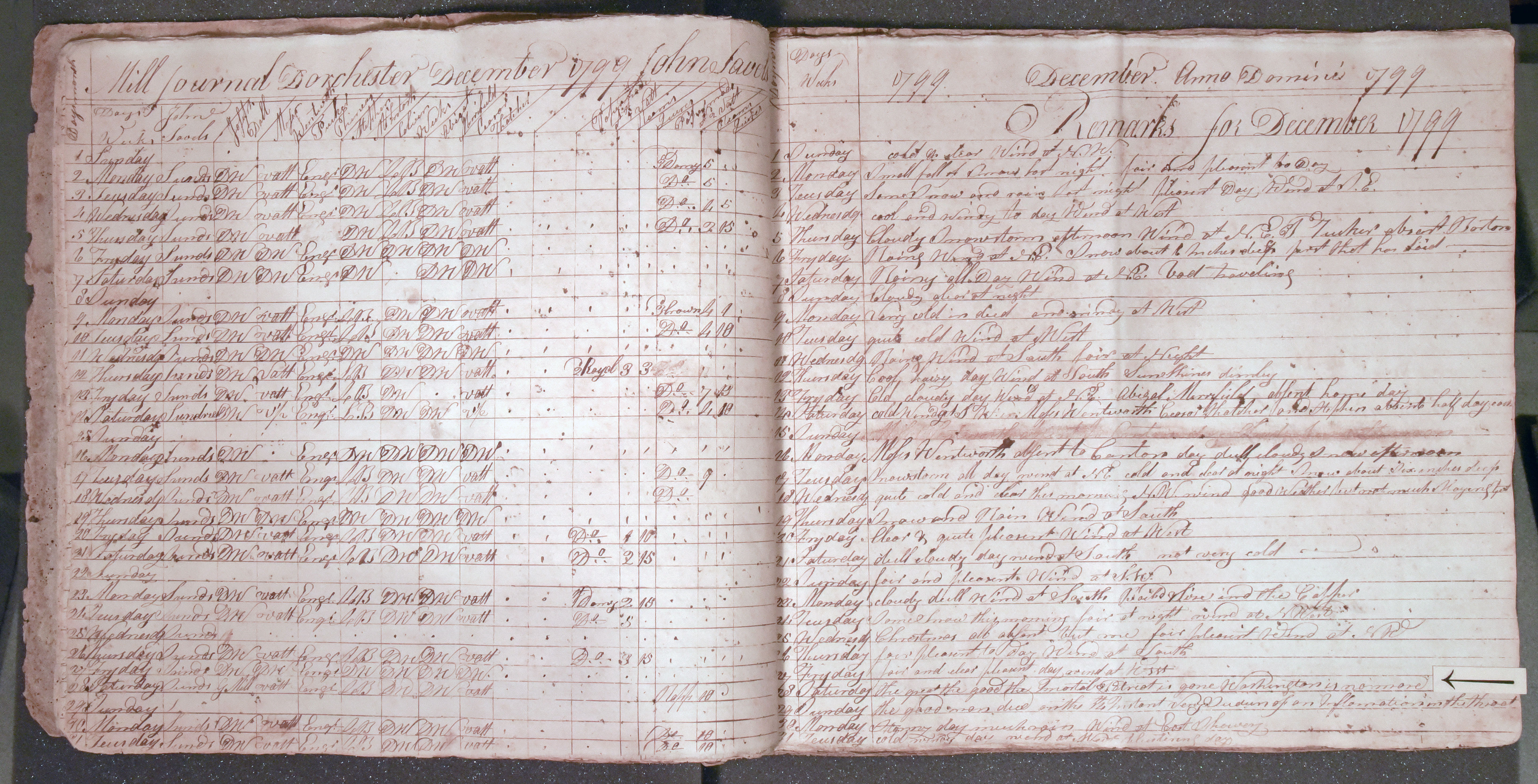
Summers Paper Mill Journal, Dorchester, Massachusetts, 1799
The left side of this mill journal records the output of workers at the mill, and any reason that the mill might be producing less paper, such as a militia gathering or someone being sick. The pages on the right usually are a record of weather conditions, allowing the papermakers to be aware of how paper quality is affected by changes in the weather. This page is open to December, 1799. Near the bottom of the page is an arrow, pointing out a specific entry. Rather than being about weather, the entry for December 28 is to commemorate the death of George Washington.

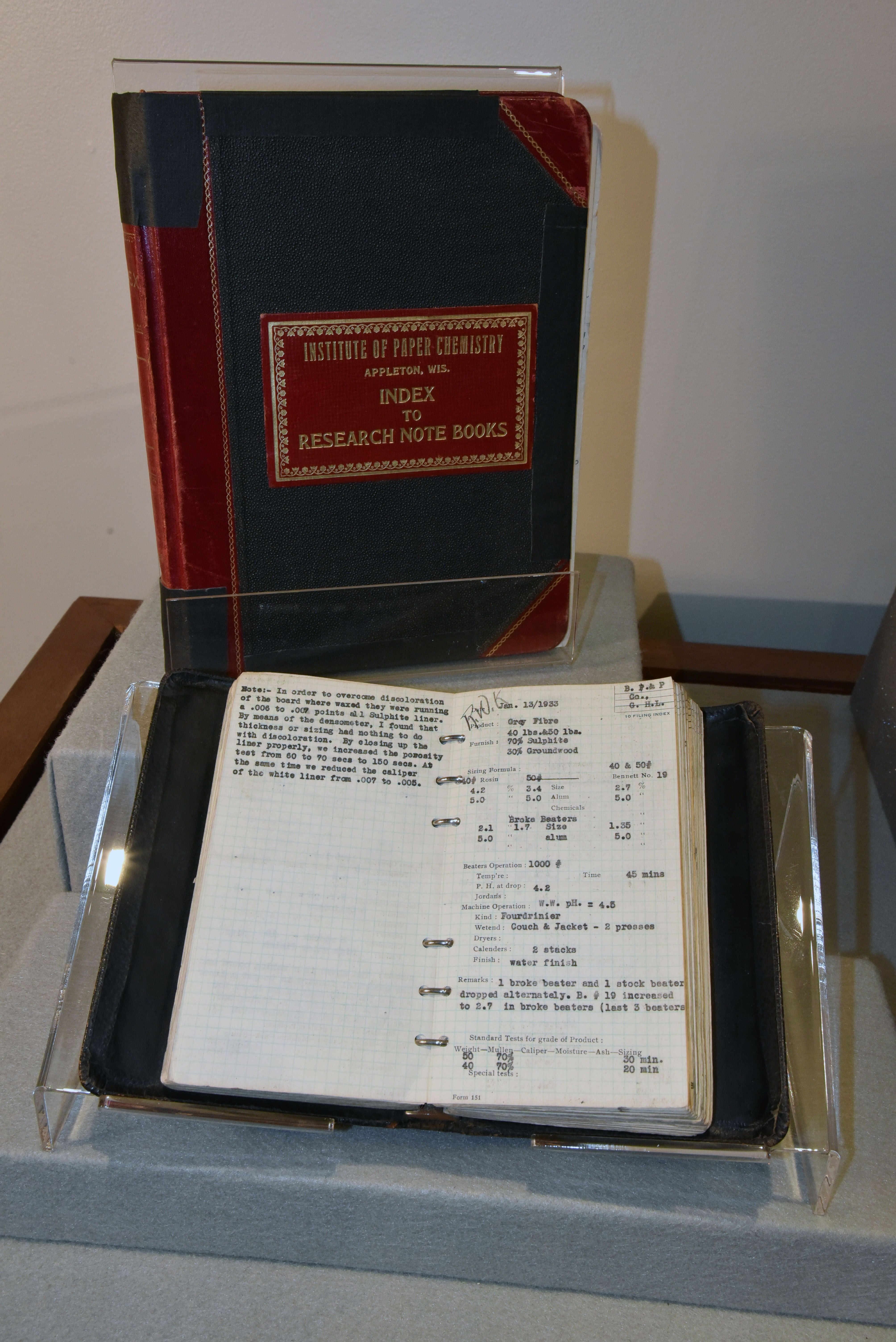
Research notebooks are used to document the steps and processes in scientific experiments. They document the procedures used so that an experiment can be replicated.
Rear: Index to Research Note Books, Institute of Paper Chemistry Unaccessioned
This index contains listing of research notebooks from different researchers and where the works are referenced in other projects.
Front: Institute of Paper Chemistry Research notebook, 1933 Unaccessioned
The entries in this notebook show that a standardized format is used, such as kinds of materials and equipment. There is also a space to include observations and some tentative conclusions.

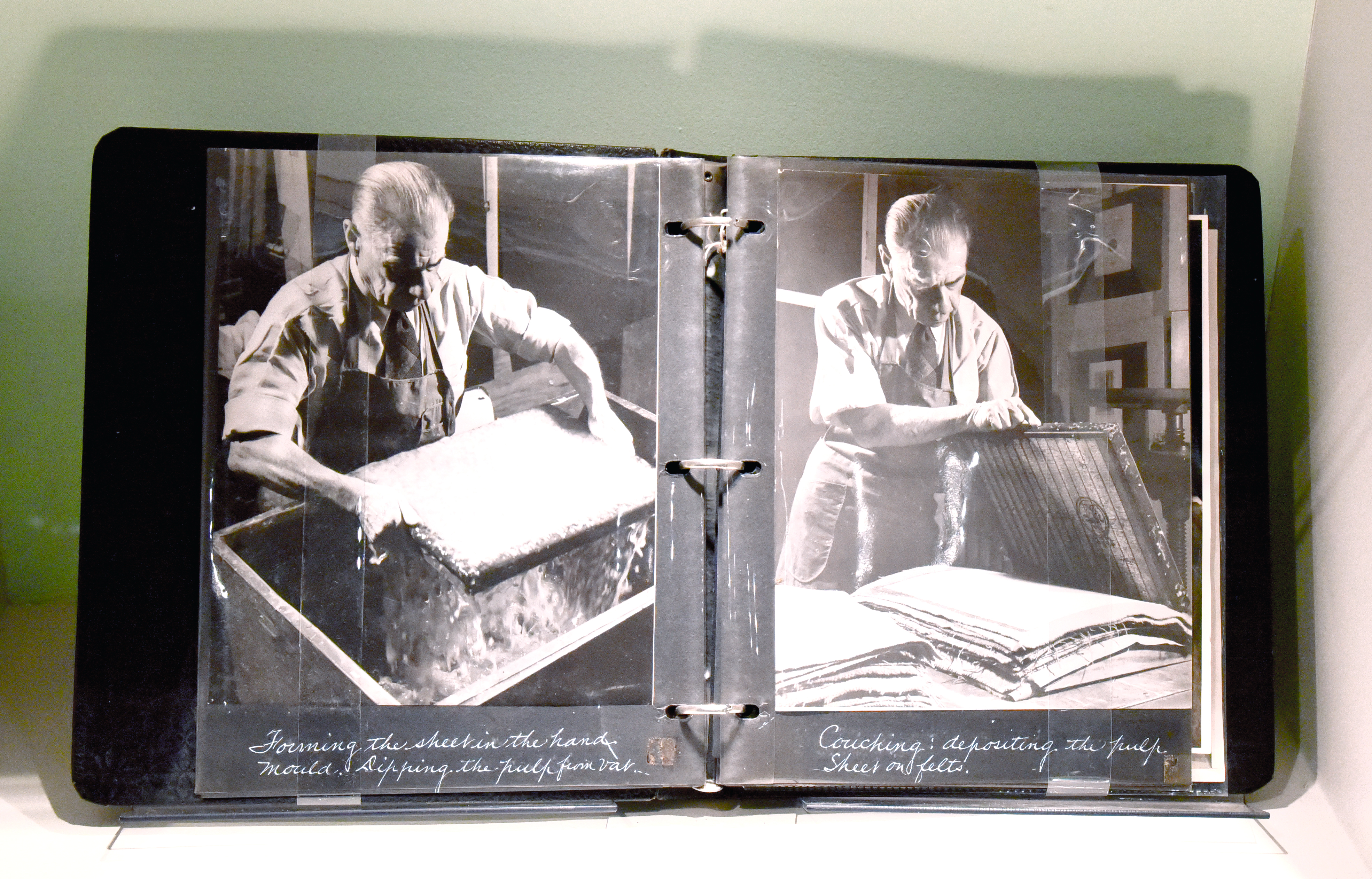
Photo album containing professional photographs of Harrison Elliott making paper, inspecting the finished product, and interacting with others in papermaking demonstrations. 676.381.EL5 PA

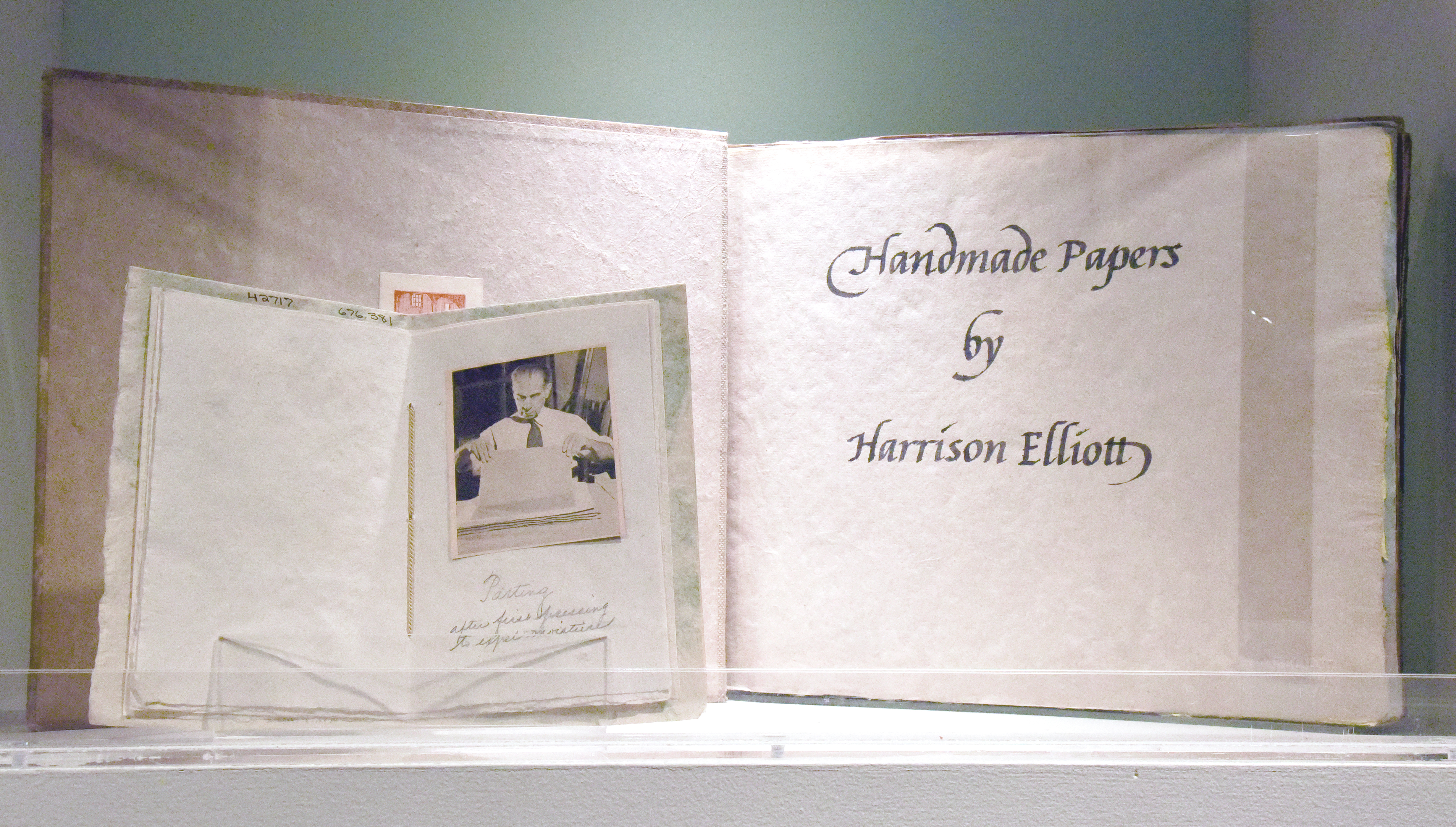
Rear: Handmade paper sample book containing paper made by Elliott. Unaccessioned
Front: Pamphlet made by Elliott of a newspaper story about his papermaking process. 676.381.EL5


Elliott frequently bound copies of his articles in covers of his own design. Sometimes the interior pages were stitched, sometimes they were stapled. The articles were all written while he worked for the Japan Paper Company between 1925 and 1951. He carefully selected cover papers to reflect the article included or used paper he made by hand.
2017.002.001

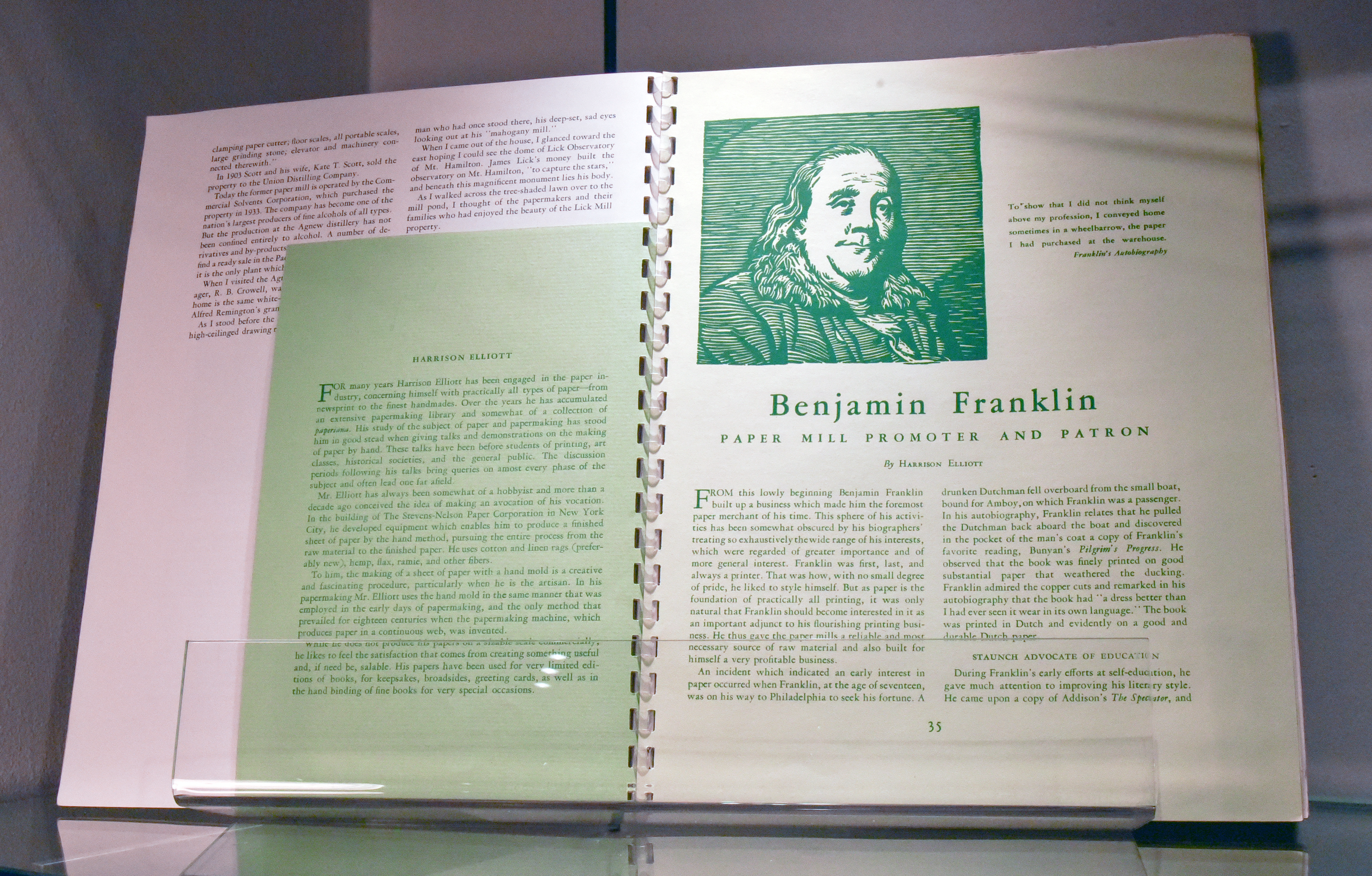
The Paper Maker was published by the Hercules Powder Company, who specialized in various paper finishes. Harrison Elliott contributed numerous articles on different paper-related topics. These articles reflected his personal as well as professional interests.
“Benjamin Franklin: Paper Mill Promoter and Patron” Volume 20, Number 1, 1951
The Paper Maker, Volume 22, Number 2, 1953

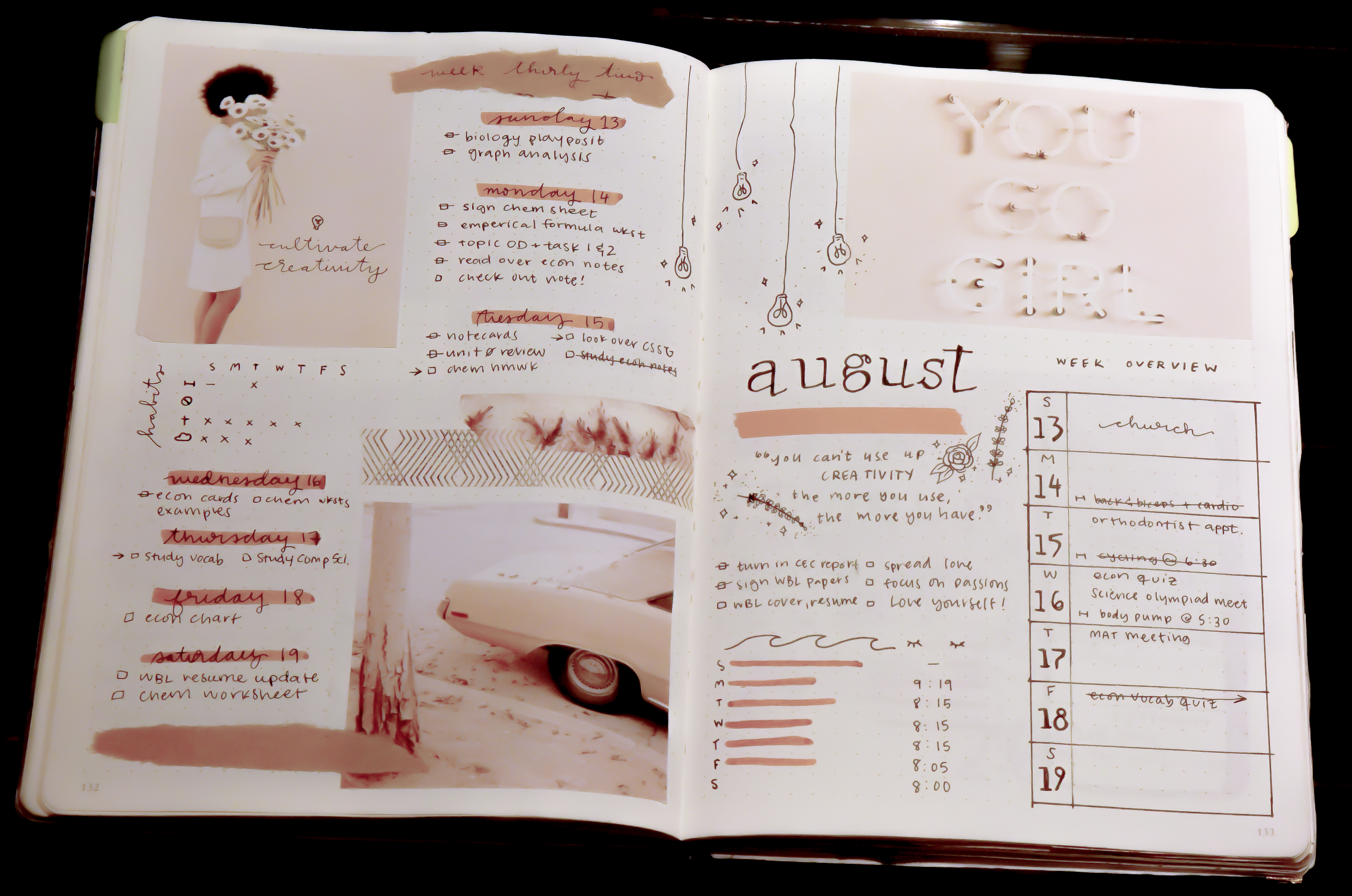
Bullet Journaling, also called “BuJo” is a popular system for organizing to-do lists, thoughts, schedules, and other activities. The name derives from the practice of using bullet points and abbreviated text to organize information. Users customize their journals, organizing content in ways to suit their needs.
While the type of content varies by creator, the organization of a bullet journal usually contains the same elements:
Index: a table of contents
Rapid logging: the symbols- bullets and dashes- used to simplify and organize information
Logs: to do lists, organized by day, week, month, or other unit of time
Collections: organization of content by type, such as an activity tracker or long term projects
Migration: the activity of updating lists and logs into new formats
